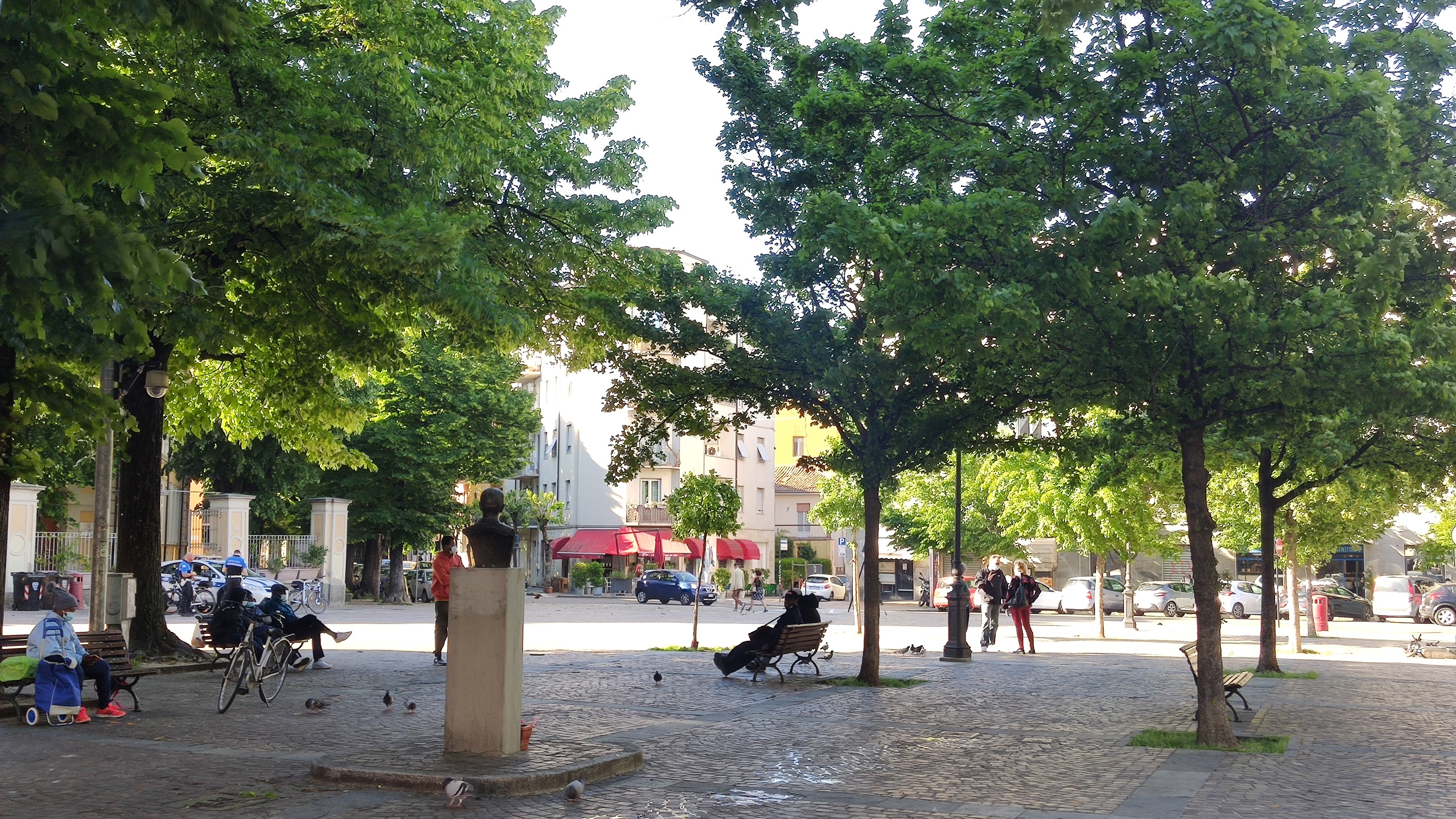Streets for all. An inspiring learning event on how to make cities’ public spaces more inclusive
Edited on
07 September 2022How do women perceive the public space? How does their perception affect their relationship with the city? The current use of cities’ public spaces generally reflects persisting gender inequalities. Yet, the local governments can play a key role in changing the urban planning perspective by adopting gender-sensitive and inclusive solutions.

Increasing the sense of safety with lighting in public spaces, implementing more and better services like public seating, toilets, water (drinking fountains) and family friendly spaces, pursuing a gender balance perspective in urban symbols and signage, gender disaggregated data, public transport affordable for all, well connected peripheral areas, lack of physical barriers are some solutions that can be implemented for inclusive mobility and public spaces.
Thriving Streets organised the thematic learning event Streets for all to discuss how mobility can enhance equity. The event was opened by the URBACT expert Sally Kneeshaw who brought the attention on several best practices of inclusive public spaces carried out within the framework of the Gender Equal Cities initiative of the URBACT network (https://urbact.eu/gender-equal-cities). One example is Umeå, in Sweden, that has developed the “gendered landscape” method to show how working with gender equality takes form (https://urbact.eu/gender-equality-heart-city); another remarkable case is Vienna with its over 25 years’ experience of gender-sensitive urban planning (https://urbact.eu/gender-equal-cities-inspiration-vienna).
Streets for all means that we need to rethink our cities beyond the car and that it is time to approach a new mobility model where walking is the main component in urban city centres. The starting point is that the pedestrian environment requires several conditions, such as: safety (both road safety and security), accessibility, attractiveness and enjoyment, universal design and coherence with the road functions. The University of Parma, Department of Engineering and Architecture, has developed a methodology to assess and calculate the walkability index. This methodology will be useful in supporting the urban planning decision-making process, in defining infrastructural intervention priorities as well as low-cost pilot actions. Ensuring good-quality pedestrian accessibility conditions for all becomes a crucial aspect for resilient cities that are inclusive and able to rethink themselves 'beyond the car’, as commented by Silvia Rossetti and Barbara Caselli of the University of Parma.
During the meeting some inspiring examples of urban mobility solutions that aim at creating an inclusive and healthy city were presented. Nicolas Bosetti, from Centre for London, drawn the attention on the City of London’s transport system. The poorest and less connected people often afford higher costs of travelling and differences of access to public transport have social and environmental consequences. By increasing a fairer access to public transport, air pollution, crime, road danger, poverty and occupation rate could be reduced.

Submitted by Francesca Blamonti on
